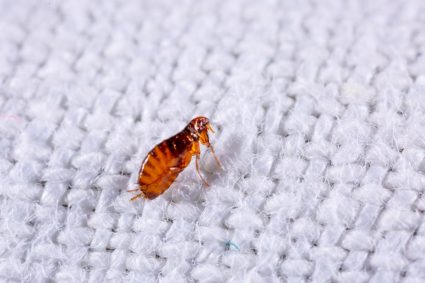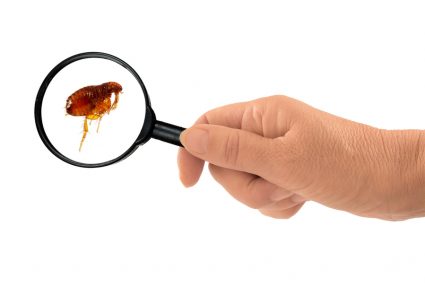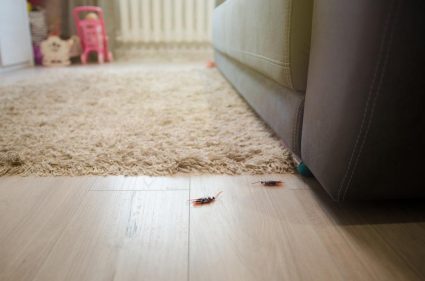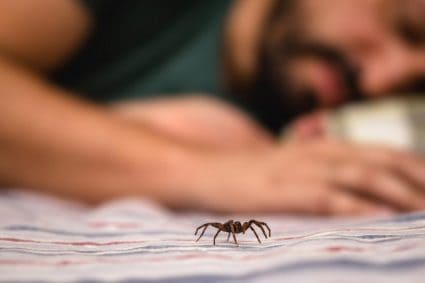
What terrifies moths the most?
Are there things that can frighten off moths?
Can some of the things that they are afraid of deter them?
Moths can be a nuisance for many households and businesses, as they are attracted to light. They can damage clothing and food storage areas. Moths are not afraid in the way that humans are, as they cannot experience fear.
While moths are not capable of feeling fear, several methods can be used to deter or repel them. These include:
- Using strong scents and attracting natural predators.
- Use of bright lights and Diatomaceous earth.
- Using ultrasonic sound devices and vacuum cleaning.
- Utilizing insecticides, sticky traps, and controlling temperature.
- Cleaning and storing clothes properly.
Other things, such as strong scents like peppermint, lavender, and cedar, can also repel or deter moths.
Each method can be effective in different ways and can be used in conjunction with one another to achieve the best results.
Identifying the type of moth present and using the appropriate control method to target that specific species is important.
Moths do not cause health problems for humans. However, some people may have an allergic reaction to the scales of their wings, which can cause itching and irritation.
It is important to note that while these methods can be effective at deterring or controlling moth populations, they should be used in conjunction with other methods, such as proper cleaning and storage.
Top 10 Things Moths Fear

Signs of a moth infestation include adult moths flying around, holes or damage in clothes or other fabrics, and the presence of small, rice-like larvae or cocoons. You may also see small, silken webbing on fabrics, particularly in the folds and crevices.
Moths are attracted to light, and they are also attracted to certain scents, such as those emitted by clothes that have been worn or are dirty and food items that have been stored for a long time.
They are especially attracted to pheromones emitted by the females of their species.
Fortunately, several things repel moths, and you can use them to keep moths away. They consist of the following:
1. Strong Scents

Moths are repelled by certain strong smells, such as:
- Peppermint
- Lavender
- Cedar
These scents can be used as essential oils, sachets, or candles to keep moths away from clothes and food storage areas.
2. Bright Lights

Moths are naturally attracted to light, but bright lights can deter them.
They are attracted to most types of light but particularly UV light.
This is because bright lights can cause a phenomenon called phototropism which can disorient the moths, making it difficult for them to navigate.
3. Ultrasonic Sound Devices
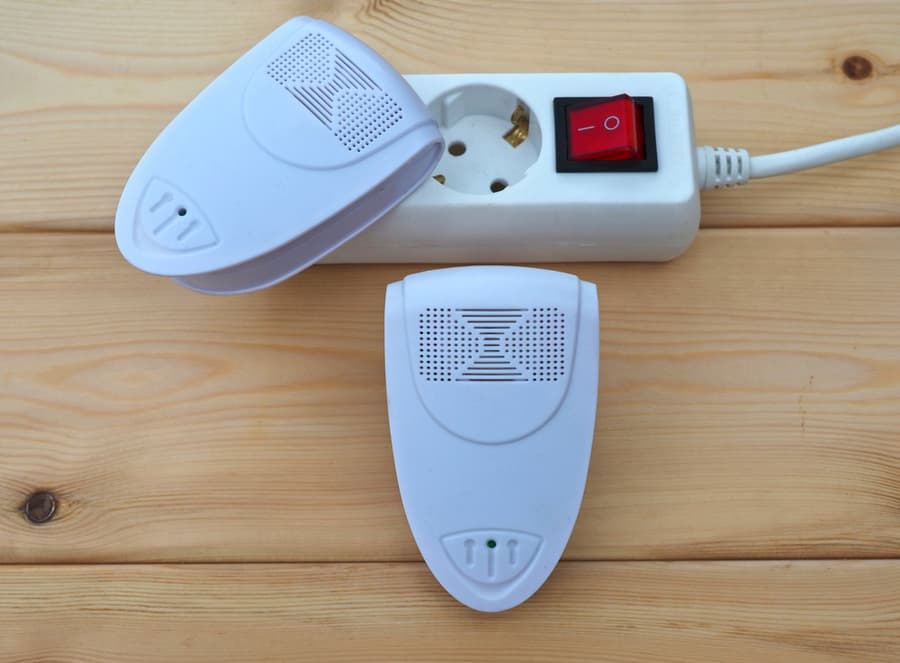
These devices emit high-frequency sounds that are inaudible to humans but can be heard by moths.
The sound waves can cause the moths to become disoriented, making it difficult for them to fly and find food.
4. Insecticides
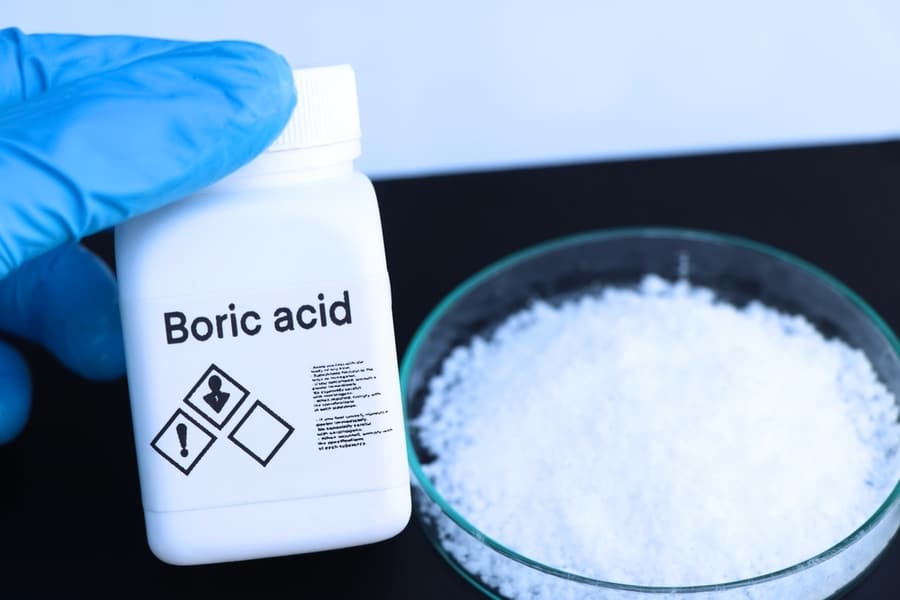
Certain insecticides can be used to kill or repel moths.
These include pyrethrin-based sprays derived from chrysanthemum flowers, and boric acid, which can be used to dust clothes and food storage areas.
5. Sticky Traps

These traps use a sticky substance to trap moths, preventing them from flying.
They can be placed in areas where moths are known to congregate, such as near light sources.
6. Natural Predators
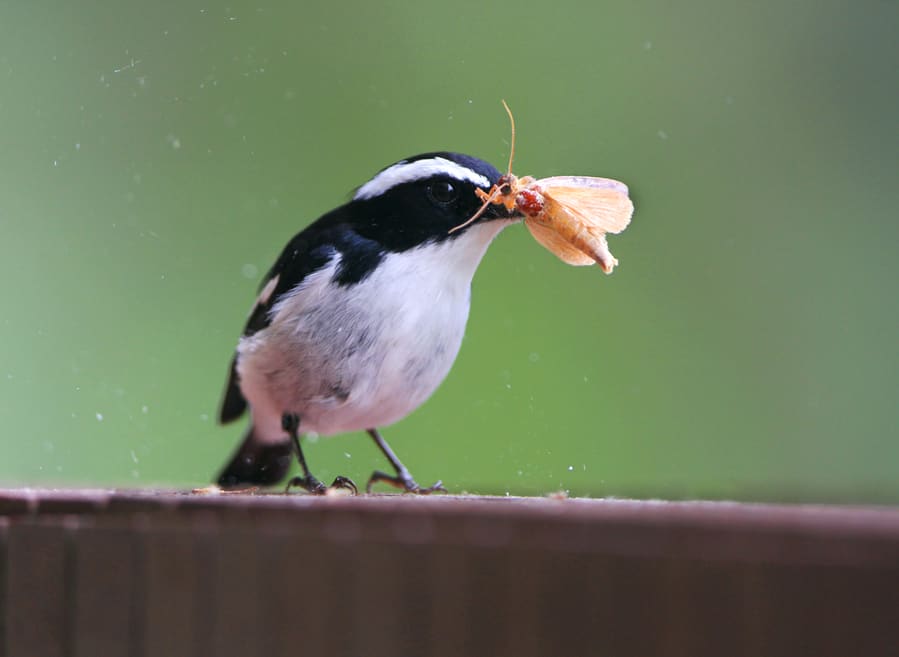
Many predators can feed on moths, and their larvae, such as lizards, birds, spiders, bats, beetles, and other animals; the predators eating moths can help to control their populations.
For example, certain species of birds, such as the Chimney swift and the Purple Martin, are known to feed on moths.
Placing potted plants or creating a garden in the vicinity of the area where moths are present can attract these natural predators. This can also help to control other pests.
7. Cleaning and Storing Clothes Properly

Moths can be deterred by keeping clothes clean and dry and storing them in airtight containers or cedar closets.
This is because moths are attracted to the smell of clothes worn or dirty clothes and are likelier to lay their eggs on such clothes.
8. Diatomaceous Earth
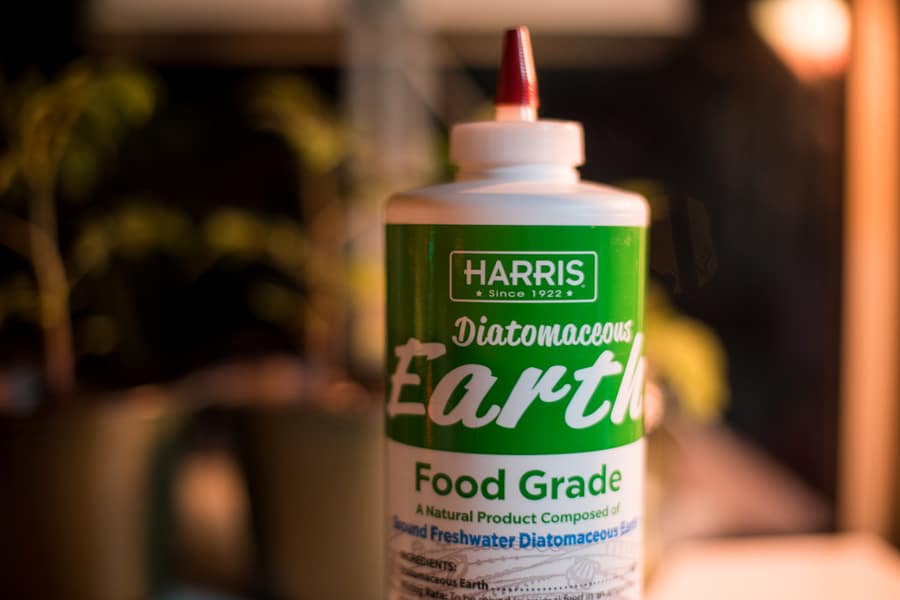
Diatomaceous earth is a natural powder made from the fossilized remains of tiny aquatic organisms called diatoms.
It can be used to dust clothing and other storage areas, as it cuts through the exoskeleton of insects and dehydrates them, killing moths and other insects.
Diatomaceous earth is a physical insecticide, meaning it works by physically damaging the insects’ exoskeleton rather than poisoning them.
It is also non-toxic to humans and pets.
9. Vacuum Cleaning

Regularly vacuuming the areas where moths are present can effectively remove their eggs, larvae, and any food sources that may be attractive to them.
Vacuuming can also help to remove the scales from the wings of adult moths that may be attracted to the area.
10. Temperature

Moths are sensitive to temperature changes, and extreme temperatures can kill them.
Freezing food storage items before storing them can help to kill any eggs or larvae that may be present.
Freezing food storage items for 72 hours at a temperature of -4F/-20C or below can kill most eggs and larvae of moths.
Takeaway
Moths can be a problem year-round, but their population tends to be highest during the summer months when the weather is warmer. However, certain species of moths are more active during different seasons, so it is important to be vigilant all year round.
All types of moths can be a persistent problem for many households and businesses. However, understanding the various methods that can deter or repel them makes it possible to take a comprehensive approach to control moth populations.
These methods can be used in conjunction with one another to achieve the best results and to target specific moth species.
It is also important to be vigilant about cleaning, storage, and monitoring to prevent moths from causing damage to clothes and food storage areas.
Frequently Asked Questions
Which Is the Most Effective Way To Get Rid of Moths?
The most effective way to get rid of moths is to take a comprehensive approach that includes using a combination of methods, such as strong scents, bright lights, and ultrasonic sound devices.
Identifying the type of moth present and using the appropriate control method to target that specific species is also important.
Can I Use Pesticides To Get Rid of Moths?
Yes, certain pesticides can be used to get rid of moths.
However, it is important to use pesticides specifically labeled against moths and follow the manufacturer’s instructions. Considering the potential environmental and health impacts of using pesticides is also vital.
Can I Prevent Moths From Coming Back Once I Get Rid of Them?
Yes, you can prevent moths from returning by keeping clothes and food storage areas clean and dry, using strong scents and bright lights to deter them, and regular vacuuming and inspecting for signs of infestation.
It is also important to be mindful of the potential sources of infestation, such as open windows and doors, and take steps to prevent moths from entering the building.

